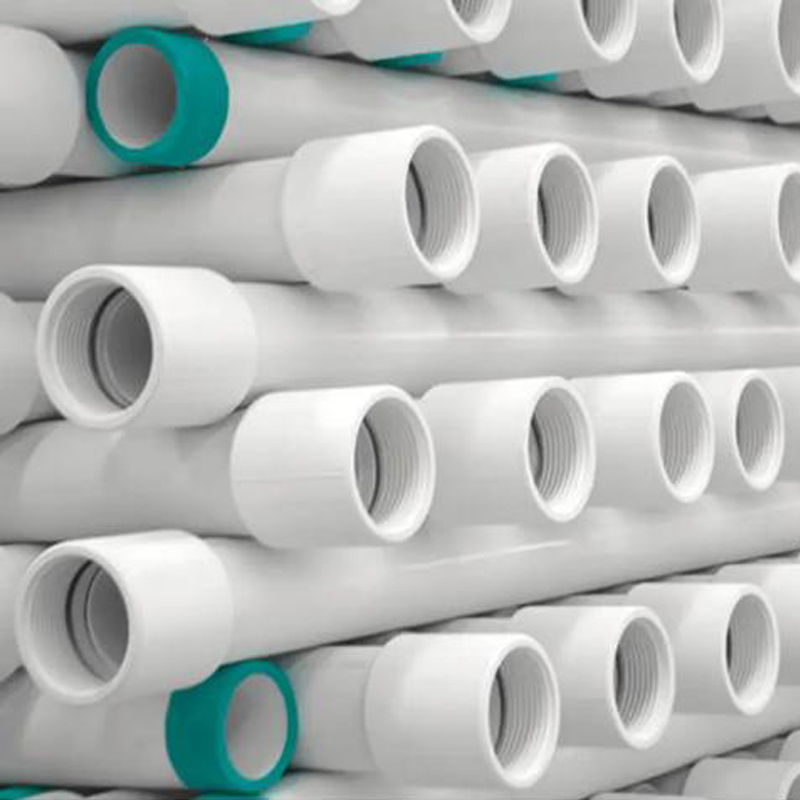Nov . 13, 2024 16:54 Back to list
pipe hdpe size factory
Understanding HDPE Pipe Sizes A Guide for Manufacturers and Buyers
High-Density Polyethylene (HDPE) pipes are an essential element in modern construction and infrastructure projects due to their durability, flexibility, and resistance to corrosion. As a manufacturer or buyer in the HDPE pipe industry, it's crucial to understand the various sizes available and how they relate to specific applications.
What is HDPE?
HDPE is a thermoplastic polymer that is known for its high tensile strength and ability to withstand stressful conditions. This material is commonly used in water supply systems, drainage, sewage management, and even in the oil and gas industries. The pipes produced from HDPE are lightweight, making them easy to handle and install, which is one of the primary reasons for their popularity.
HDPE Pipe Sizes
HDPE pipes come in a variety of sizes, tailored to meet different industry needs. The sizes are typically classified based on their diameter and wall thickness. The outer diameter (OD) and wall thickness are crucial factors in determining the pressure rating of the pipes, which is essential for their application in various environments.
Commonly, HDPE pipes range from 16 mm (0.63 inches) to 1,200 mm (47.2 inches) in diameter. The most commonly used sizes include
- Small Diameter Pipes Ranging from 16 mm to 63 mm, these are often used in irrigation and residential water supply systems. - Medium Diameter Pipes From 75 mm to 315 mm, these pipes are suitable for municipal connections and industrial applications. - Large Diameter Pipes Exceeding 315 mm, these pipes are often used for large-scale water transportation, sewage systems, and drainage projects.
pipe hdpe size factory

Sizing Standards
In many regions, HDPE pipe sizes adhere to certain standards, such as ISO, ASTM, and other local regulations. Understanding these standards is vital for manufacturers who need to produce pipes that not only meet specific construction codes but also ensure safety and reliability in use.
For example, pipes are often categorized by their pressure rating, commonly referred to as PN (Nominal Pressure). The PN rating helps determine the suitable applications and working pressures for the pipes in various environments.
Importance of Choosing the Right Size
Selecting the correct HDPE pipe size is fundamental for ensuring the efficiency and sustainability of any project. An oversized pipe can lead to increased costs and energy loss, while an undersized pipe may cause pressure drops and inadequate flow rates. Therefore, it's imperative to consult with engineering professionals or knowledgeable suppliers before making a selection.
Conclusion
As the demand for HDPE pipes continues to rise, understanding the specifications and characteristics of different sizes becomes increasingly important for manufacturers and buyers alike. Through careful consideration of size, pressure ratings, and the specific needs of a project, HDPE pipe users can ensure that they are making informed decisions that lead to successful and cost-effective outcomes. By investing in quality HDPE pipes of the right size, stakeholders can contribute to more resilient infrastructure and optimized resource management in their respective industries.
-
High-Quality PVC Borehole Pipes Durable & Versatile Pipe Solutions
NewsJul.08,2025
-
High-Quality PVC Perforated Pipes for Efficient Drainage Leading Manufacturers & Factories
NewsJul.08,2025
-
High-Quality PVC Borehole Pipes Durable Pipe Solutions by Leading Manufacturer
NewsJul.08,2025
-
High-Quality PVC Borehole Pipes Reliable PVC Pipe Manufacturer Solutions
NewsJul.07,2025
-
High-Quality UPVC Drain Pipes Durable HDPE & Drain Pipe Solutions
NewsJul.07,2025
-
High-Quality Conduit Pipes & HDPE Conduit Fittings Manufacturer Reliable Factory Supply
NewsJul.06,2025

